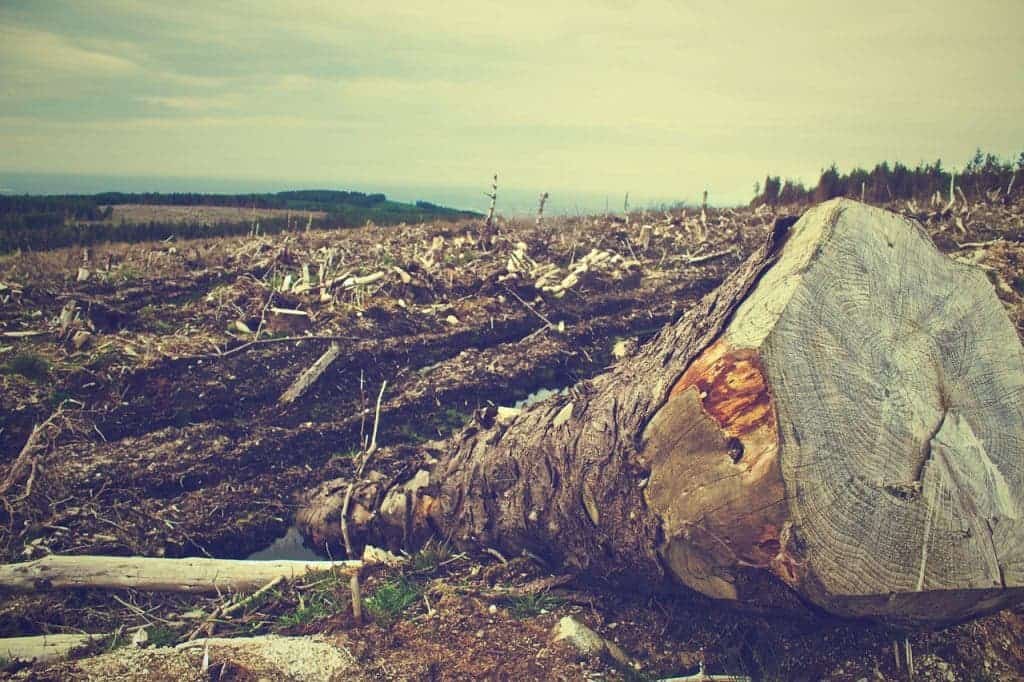Globalization means more and more goods you consume in your community are made elsewhere, more often than not thousands of miles away even. Many people have no idea how and at what environmental cost the commodities they use were made. That doesn’t mean that they don’t care and companies have become increasingly aware of this. Many consumers now choose to exclusively buy products labeled with an eco-certificate which supposedly testifies that manufacturing was made in sustainable manner. Do these actually work? One of the few studies on the subject seems to suggest that the impact is positive, at least in Chile and related to deforestation.

Eco-certificates create a market balancing framework among stakeholders that help curb deforestation. Image: Pixabay
Stanford researchers focused on Chile because it’s a country where you can find a lot of so-called nonstate, market-driven (NSMD) governance regimes intended to deliver conservation outcomes. Three exclusively industry-developed certificates were studied: CERTFOR, an NGO-instigated deforestation moratorium called Joint Solutions Project (JSP) and a certification program involving considerable cooperation between industry and nongovernmental organizations, Forest Stewardship Council (FSC).
These efforts are self-regulatory and involve market incentives like price premiums, or alright exclusion from the market as penalties for failing to abide to conservation practices. An example would be reduced conversion of old-growth forests to plantation monocultures.
Researchers used a dataset of land use changes in Chile to identify the impact of participation within each of the governance regimes by implementing a series of matched difference-in-differences analyses. Plots of forest owned by corporations that participated only in CERTFOR reduced deforestation by 16 percent on average, while JSP-only participants saw average reductions of 20 percent. Those participating only in FSC, however, reduced deforestation more successfully, by 43 percent.
It is true, however, that Chile has a massive deforestation rate and the rate of change might not be felt in other countries. The findings do seem to suggest that market-driven conservation programs can be successful. Right now, only 4 percent of Americans know what FSC is or care about buying its products, so there’s a lot of room to grow.
Maybe an even greater reduction of deforestation might be attained if the bodies which oversee these certificates weren’t weak. In September 2015, a Peruvian cargo ship dropped off 3.8 million pounds of rainforest wood on the docks of Houston, Texas. This lumber could have been stretched across “several football fields” and had a retail value of $300,000, the Houston Chronicle reported. This illegal Peruvian lumber came from a company, Inversiones La Oroza, that also worked with the FSC to put out products under the council’s Controlled Wood label. This is just the most recent in a series of case which show how some forestry operations benefit from a relationship with the FSC without following FSC practices, or even the law.
“Traditional conservation policies like national parks often protect remote, pristine locations,” said Robert Heilmayr, a recent graduate from Stanford’s Emmett Interdisciplinary Program in Environment and Resources. “Agreements between companies and environmentalists can reduce deforestation in more threatened forests.
Refence: Robert Heilmayr et al. Impacts of nonstate, market-driven governance on Chilean forests, Proceedings of the National Academy of Sciences (2016). DOI: 10.1073/pnas.1600394113









